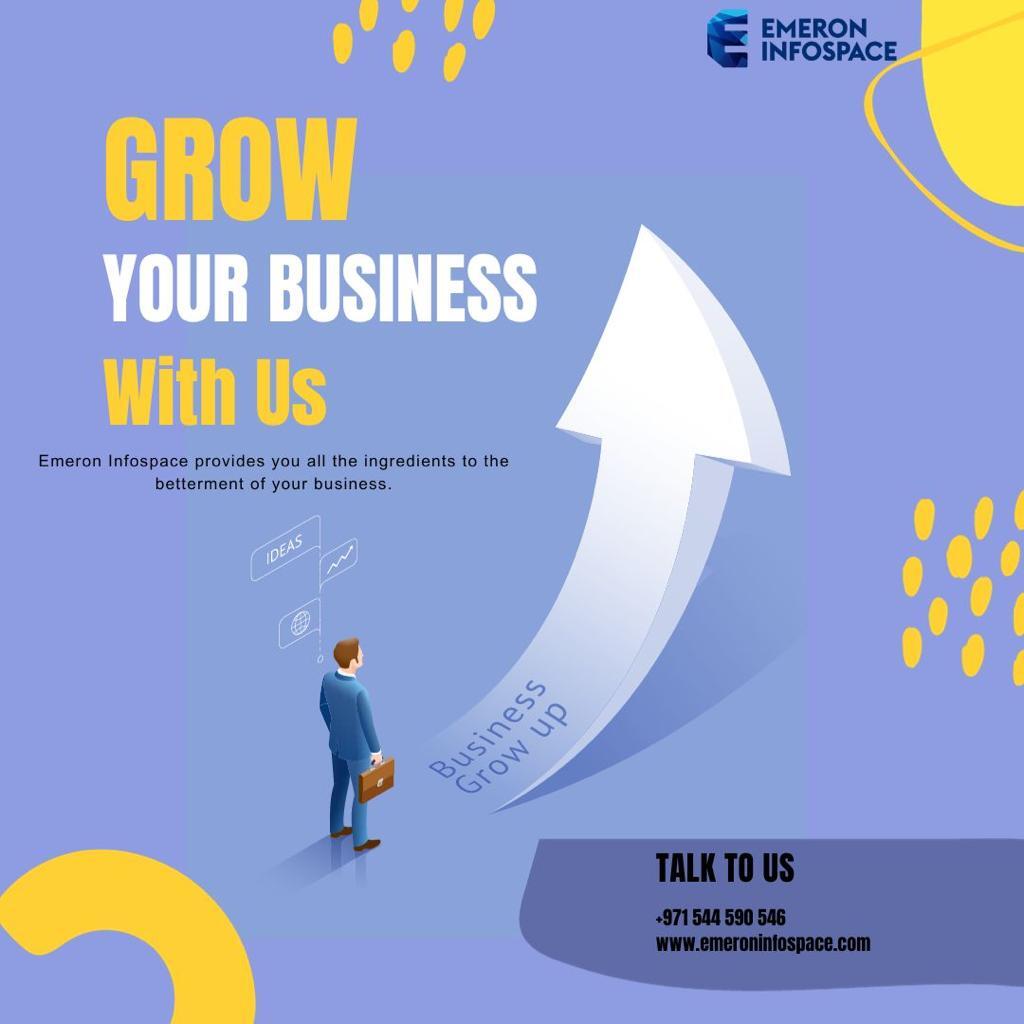The Evolution of ERP Systems: From Legacy to Cloud-Based Solutions

In today's fast-paced business landscape, the need for efficient and integrated management solutions has never been more critical. This demand has driven the evolution of ERP (Enterprise Resource Planning) systems from their legacy beginnings to the agile and cloud-based solutions we see today. This article explores the journey of ERP systems, highlighting the major milestones, the challenges faced, and the advantages of transitioning from legacy to cloud-based ERP solutions.

Understanding Legacy ERP Systems
What are Legacy ERP Systems?
Legacy ERP systems refer to the early iterations of ERP software, which were primarily on-premises, monolithic, and often required extensive customization to meet specific business needs. These systems were centralized, inflexible, and complex to implement.
Challenges of Legacy ERP:
- High upfront costs
- Limited accessibility
- Slow updates and adaptations
- Integration difficulties
- Maintenance complexities
The Transition to Modern ERP
The Need for Change:
As businesses grew, their requirements changed, and so did their demands from ERP systems. The limitations of legacy ERP led to the need for modernization.
Key Milestones:
- The rise of client-server architecture
- The shift towards modular and customizable ERP solutions
- Enhanced user-friendliness
- Integration capabilities with other software
The Emergence of Cloud-Based ERP
Cloud ERP Defined:
Cloud-based ERP systems are hosted on remote servers and accessed through the internet. They offer a flexible and scalable solution to businesses of all sizes.
Benefits of Cloud ERP:
- Cost-Efficiency: Reduced upfront costs and predictable subscription-based pricing.
- Accessibility: Access from anywhere with an internet connection.
- Scalability: Easily adapt to changing business needs.
- Automatic Updates: Always use the latest features and security updates.
- Data Security: Robust cloud security measures.
Overcoming Challenges
Challenges in Transition:
- Data migration and integration
- Change management
- Security concerns
- Vendor selection and evaluation
- Staff training
Successful ERP Implementation:
- Thorough planning and assessment
- Clear communication and change management
- Collaboration with experienced ERP consultants
- Continuous monitoring and evaluation
The Future of ERP: Innovations in Cloud-Based Solutions
AI and Machine Learning Integration:
Cloud ERP systems are incorporating AI and machine learning to provide data-driven insights, automate processes, and enhance decision-making capabilities.
IoT Integration: The Internet of Things (IoT) is being integrated into ERP systems to enable real-time monitoring of assets, supply chains, and more.
Mobile Access: Mobile ERP applications are becoming more prevalent, allowing users to access critical data on the go.
Case Studies: Successful Cloud ERP Implementations
Company A:
A mid-sized manufacturing company reduced operational costs and improved supply chain management by transitioning to a cloud-based ERP solution.
Company B:
A global e-commerce giant scaled its operations rapidly by adopting a cloud ERP system, enabling them to manage their business from multiple locations.
Conclusion
The evolution of ERP systems from legacy to cloud-based solutions is a testament to the adaptability and innovation in the technology industry. As businesses continue to grow and change, ERP systems must keep pace. Cloud ERP solutions offer scalability, flexibility, and cost-effectiveness that legacy systems can't match. By understanding the history and advantages of cloud ERP, businesses can make informed decisions and position themselves for success in the future. Embracing this evolution is not just a choice but a necessity for staying competitive in the dynamic world of business.In conclusion, the transformation of ERP systems mirrors the broader evolution of technology. The shift from legacy to cloud-based solutions has empowered businesses to become more agile, efficient, and competitive. As the landscape continues to evolve, it's essential for organizations to embrace this change to stay at the forefront of their industries.
